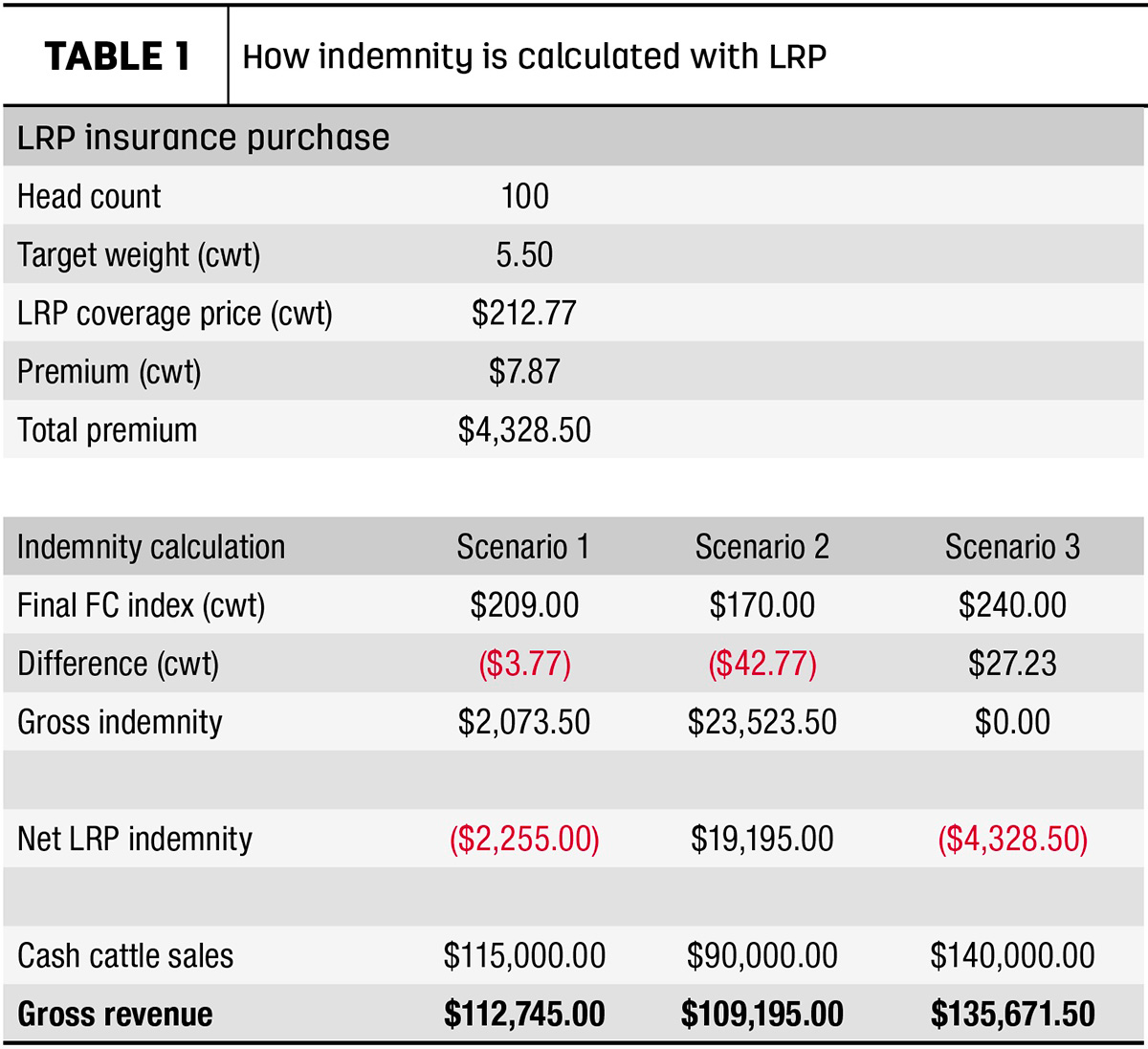Boost Your Experience with Bagley Risk Management
Recognizing Animals Threat Security (LRP) Insurance Policy: A Comprehensive Overview
Navigating the world of livestock danger defense (LRP) insurance policy can be an intricate venture for many in the agricultural market. From how LRP insurance coverage functions to the numerous insurance coverage options offered, there is much to reveal in this comprehensive overview that might possibly shape the means animals manufacturers come close to danger monitoring in their services.

How LRP Insurance Policy Works
Sometimes, comprehending the technicians of Livestock Danger Defense (LRP) insurance policy can be complicated, but damaging down just how it works can give quality for breeders and farmers. LRP insurance policy is a danger management device created to shield livestock manufacturers against unexpected rate decreases. The plan enables manufacturers to set an insurance coverage degree based upon their details requirements, selecting the variety of head, weight range, and protection cost. As soon as the plan is in place, if market value drop listed below the insurance coverage rate, producers can sue for the distinction. It is necessary to note that LRP insurance policy is not a revenue guarantee; rather, it concentrates entirely on rate danger security. The coverage duration normally ranges from 13 to 52 weeks, giving adaptability for manufacturers to select a duration that aligns with their manufacturing cycle. By utilizing LRP insurance policy, farmers and herdsmans can alleviate the monetary threats connected with varying market prices, making certain greater security in their procedures.
Qualification and Coverage Options

When it comes to insurance coverage alternatives, LRP insurance policy provides producers the flexibility to pick the protection degree, coverage duration, and endorsements that ideal fit their threat monitoring demands. By recognizing the eligibility requirements and coverage alternatives offered, animals producers can make educated choices to manage risk successfully.
Benefits And Drawbacks of LRP Insurance Coverage
When evaluating Animals Threat Protection (LRP) insurance, it is crucial for livestock manufacturers to evaluate the benefits and drawbacks inherent in this risk management tool.

One of the primary advantages of LRP insurance policy is its capability to give defense versus a decrease in animals prices. Furthermore, LRP insurance coverage offers a degree of adaptability, enabling producers to personalize insurance coverage levels and plan periods to suit their particular needs.
Nevertheless, there are also some disadvantages to consider. One constraint of LRP insurance policy is that it does not secure against all kinds of risks, such as condition outbreaks or natural calamities. Moreover, premiums can in some cases be pricey, specifically for manufacturers with large livestock herds. It is vital for producers to very carefully evaluate their individual danger exposure and monetary situation to identify if LRP insurance policy is the right danger administration tool for their procedure.
Understanding LRP Insurance Policy Premiums

Tips for Maximizing LRP Perks
Making the most of the benefits of Animals Risk Defense (LRP) insurance coverage requires critical planning and positive threat administration - Bagley Risk Management. To maximize your LRP coverage, think about the following tips:
Consistently Assess Market Problems: Keep notified about market fads and cost variations in the livestock sector. By monitoring these variables, you can make informed choices concerning when to purchase LRP coverage to secure versus possible losses.
Set Realistic Protection Levels: When choosing coverage levels, consider your manufacturing costs, market worth of livestock, and potential risks - Bagley Risk Management. Setting practical coverage degrees guarantees that you are properly shielded without paying too much for unnecessary insurance
Diversify Your Coverage: Instead of relying exclusively on LRP insurance, think about expanding your danger administration approaches. Combining LRP with various other risk administration devices such as futures agreements or choices can provide comprehensive insurance coverage versus market uncertainties.
Testimonial and Change Insurance Coverage Frequently: As market conditions transform, regularly examine your LRP insurance coverage to ensure it lines up with your existing threat exposure. Adjusting protection levels and timing click here now of acquisitions can help optimize your danger defense method. By complying with these pointers, you can maximize the advantages of LRP insurance coverage and guard your livestock procedure against unexpected risks.
Conclusion
To conclude, animals danger security (LRP) insurance coverage is a valuable tool for farmers to manage the monetary dangers connected with their livestock operations. By comprehending just how LRP functions, qualification and protection alternatives, as well as the benefits and drawbacks of this insurance, farmers can make informed choices to shield their incomes. By meticulously taking into consideration LRP costs and carrying out strategies to take full advantage of benefits, farmers can alleviate possible losses and guarantee the sustainability of their procedures.
Animals producers interested in obtaining Livestock Risk Protection (LRP) insurance policy can check out an array of eligibility standards and protection alternatives customized to their specific livestock procedures.When it comes to protection alternatives, LRP insurance policy offers producers the adaptability to pick the insurance coverage level, insurance additional hints coverage period, and endorsements that finest match their threat administration demands.To grasp the ins and outs of Livestock Risk Defense (LRP) insurance totally, recognizing the elements influencing LRP insurance coverage premiums is critical. LRP insurance costs are determined by various components, including the insurance coverage level selected, the expected rate of animals at the end of the insurance coverage period, the kind of animals being insured, and the length of the coverage period.Review and Readjust Coverage Consistently: As market conditions transform, occasionally evaluate your LRP protection to ensure it straightens with your current threat direct exposure.